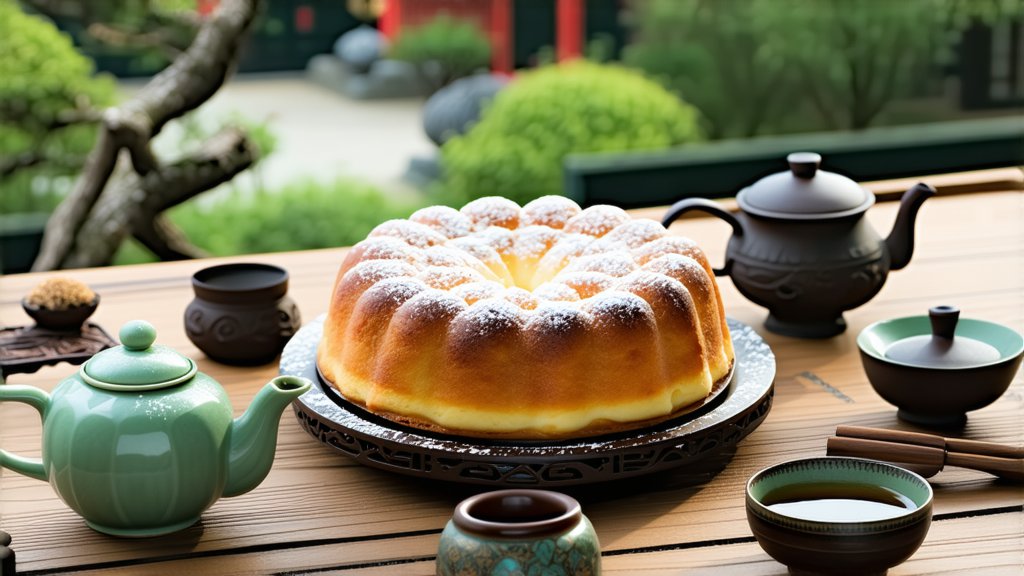
Pu-erh tea, a distinguished member of the dark tea family originating from the Yunnan province of China, holds a unique position in the world of tea due to its intricate production process and exceptional aging characteristics. Unlike other teas that are primarily consumed fresh, Pu-erh undergoes a post-fermentation process that can span several decades, enhancing its flavor profile and making it a prized possession among tea connoisseurs globally. This article delves into the rich history, diverse varieties, meticulous production methods, and the art of appreciating Pu-erh tea.
Historical Background
The roots of Pu-erh tea trace back over a thousand years to the ancient caravan routes connecting Yunnan with Tibet, known as the Tea Horse Road. Initially, tea from Yunnan was transported as green tea leaves, but due to the long journey and humid conditions, the leaves would undergo partial fermentation along the way, leading to the development of a unique flavor profile. This accidental discovery laid the foundation for what we now know as Pu-erh tea.
Types of Pu-erh Tea
Pu-erh tea is broadly classified into two main categories: Raw (Sheng) and Ripe (Shou). Each type has its own distinct characteristics and aging potential.
-
Sheng (Raw) Pu-erh: Made from sun-dried green tea leaves, Sheng Pu-erh retains more of its natural flavors and undergoes gradual fermentation over time. It is prized for its evolving taste, which can transform significantly with age, offering notes ranging from grassy and floral to earthy and woody.
-
Shou (Ripe) Pu-erh: This type undergoes a process called 'wet piling' or 'wo dui', where the tea leaves are moistened, piled up, and left to ferment under controlled conditions for several months. This accelerates the aging process, resulting in a mellower, richer flavor profile with hints of earthiness, sweetness, and sometimes a slight medicinal note.
Production Process
The production of Pu-erh tea involves several stages, each contributing to its distinctive character:
-
Picking: Only the top one or two leaves and the bud are selected for high-quality Pu-erh.
-
Withering and Rolling: Freshly picked leaves are spread out to wilt and then rolled to release their juices and initiate enzymatic reactions.
-
Sun Drying: For Sheng Pu-erh, the rolled leaves are sun-dried, preserving more of their original flavors and enzymes for future fermentation.
-
Fermentation: In Shou Pu-erh production, the dried leaves undergo a controlled fermentation process in large piles, promoting microbial activity that transforms the tea's chemistry.
-
Compressing: Both Sheng and Shou Pu-erh can be compressed into various shapes such as cakes, bricks, or tuochas (nestles), facilitating storage and aging.
-
Aging: Pu-erh tea is renowned for improving with age, developing deeper flavors and aromas over time. Proper storage in a cool, dry place with good ventilation is crucial for optimal aging.
Appreciating Pu-erh Tea
To truly appreciate Pu-erh tea, one must engage in the ritualistic practice of Gongfu Cha, a traditional Chinese method of brewing that emphasizes precision, mindfulness, and respect for the tea. Here's a basic guide to get started:
-
Preparation: Use a Yixing clay teapot or a Gaiwan (a lidded bowl) for brewing, as they enhance the tea's flavor. Rinse the teaware with hot water to warm it up.
-
Measurement: A typical serving size is around 5-8 grams of tea per person. Break off a piece of the compressed tea if using a whole cake or tuocha, ensuring a mix of loose leaves and fragments for even extraction.
-
Rinsing: Rinse the tea quickly with boiling water (around 95-100°C) to awaken the leaves and discard this first infusion.
-
Steeping: For subsequent infusions, pour boiling water over the leaves and let it steep for about 10-30 seconds for Sheng Pu-erh or longer for Shou Pu-erh, adjusting based on personal preference and the tea's age and quality. Each infusion reveals different layers of flavor.
-
Savoring: Observe the tea's color, aroma, and mouthfeel. Sheng Pu-erh often starts with bright hues turning darker with each steep, while Shou Pu-erh typically presents a deep reddish-brown liquor. Note the evolving flavors and textures, appreciating the complexity that comes with each sip.
-
Repeat: Pu-erh tea can endure multiple infusions, each revealing new aspects of its character. Continue steeping until the flavor diminishes.
In conclusion, Pu-erh tea embodies not just a beverage but a living tradition that connects past generations with the present through its transformative journey of aging. Its rich history, diverse types, intricate production process, and the meditative act of its consumption offer a profound exploration into the depths of Chinese tea culture. Whether you're a seasoned tea enthusiast or a curious beginner, delving into the world of Pu-erh promises a rewarding experience filled with endless discoveries.